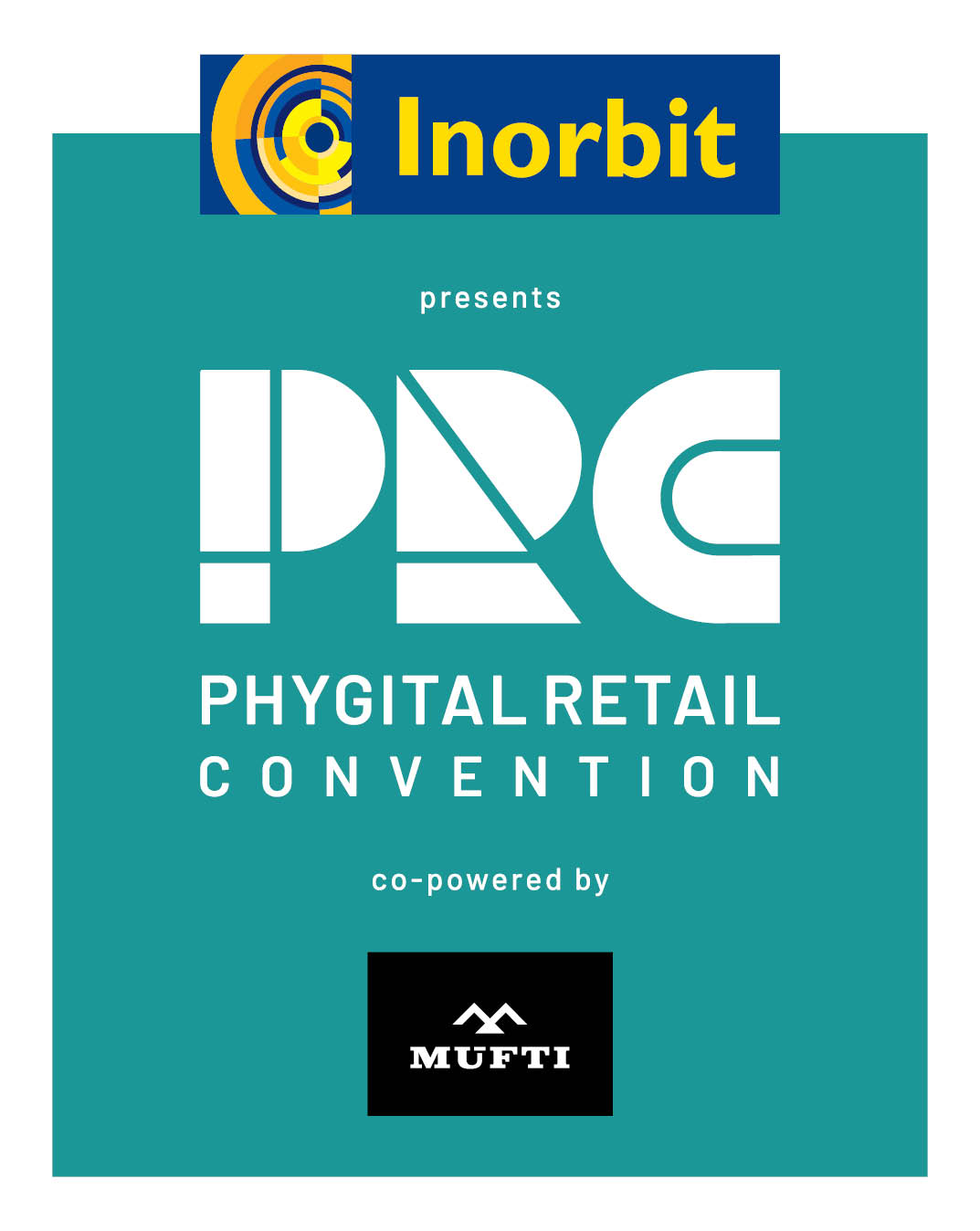At IFF 2025, a roundtable powered by ClickPost saw industry leaders discussing challenges and opportunities of integrating online and offline retail…
The fashion retail landscape is undergoing a major transformation, with brands now navigating a post-omnichannel world where consumer expectations continue to evolve rapidly. At the India Fashion Forum 2025, a roundtable powered by e-commerce logistics intelligence platform ClickPost brought together industry leaders from various fashion and lifestyle brands to explore the challenges and opportunities of integrating online and offline retail.
The discussion revolved around three key themes—speed, convenience, and personalisation—highlighting how brands are innovating to stay ahead in this dynamic space. The session was moderated by Ankita Singh, Sales Director, ClickPost and the panel of experts included:
- Priya Sankaralingam, VP of Product, Meesho;
- Ketan Chunchanur, Head of Non-Traditional Channels at Modenik Lifestyle;
- Abhinav Kumar, CEO of Brand Concepts Ltd.;
- Arun Sharma, Business Head – Retail at Wildcraft India;
- Lavanya Pachisia, COO, Zivame;
- Shahroz Mirza, Business Head, Meena Bazaar;
- Shambhav Chauhan, Executive Director, JadeBlue;
- Lavanya Nalli, Vice Chairperson, Nalli Silk Sarees;
- Manisha Choraria, Business & Revenue Lead at Technosport;
- Naman Vijay, Co-Founder & CEO of ClickPost;
- Prashant Pandey Co-Founder and CTO of ClickPost;
- Shalabh Dhingra, AVP – Sales at Madame
Ankita Singh, Sales Director at ClickPost set the tone for the discussion by explaining how the retail landscape has evolved from a direct-to-consumer (D2C) boom to a more integrated omnichannel strategy. However, the next phase, according to her, is shaped by rapidly shifting customer preferences, which demand immediate availability, seamless convenience, and hyper-personalised shopping experiences.
Speed: The Need for Faster Deliveries
One of the major topics of discussion was the increasing consumer demand for speed, driven by the rise of quick commerce platforms like Blinkit and Zepto.
Priya Sankaralingam, VP of Product at Meesho, highlighted that consumer demand for speed varies based on demographics. “Tier-2 and tier-3 customers are still price-sensitive and willing to wait for their orders, whereas metro and tier-1 users, shaped by hyperlocal delivery models, now expect fashion items within hours,” she explained.
Ketan Chunchanur, Head of Non-Traditional Channels at Modenik Lifestyle, noted how quick commerce is even impacting the lingerie segment. “Within just three months, we have seen demand skyrocket for our products in the quick commerce space. We’re now working on optimising our inventory and leveraging dark stores to stay competitive.”
Abhinav Kumar, CEO of Brand Concepts Ltd., emphasised the importance of agility in logistics. “We are seeing that customers are no longer willing to wait, even for premium products. To tackle this, we are investing in micro-warehouses closer to key markets to ensure same-day deliveries.”
However, Arun Sharma, Business Head – Retail at Wildcraft India, pointed out that speed is more of a ‘want’ than a ‘need’ in certain categories. “In outdoor gear, customers plan their purchases in advance, so we see willingness to wait for quality rather than expecting instant gratification.”
Convenience: The Omnichannel Experience
With increasing consumer demands, brands are rethinking their supply chain and store strategies to ensure a seamless omnichannel experience.
Lavanya Pachisia, COO of Zivame, shared how their brand manages in-store replenishments to maintain inventory efficiency. “We prioritise core sizes based on store-specific sales data and closely monitor loss-of-sale reports to optimise our stock. Additionally, a simple QR code in stores, linking to our website, has increased conversions.”
Shahroz Mirza, Business Head at Meena Bazaar, underscored the importance of integrating quick commerce with offline retail. “We are exploring ready-to-ship gift packaging for festive occasions like Karva Chauth and Rakshabandhan to ensure that last-minute buyers have instant access to our products.”
Shambhav Chauhan, Executive Director of JadeBlue, added, “Retail isn’t just about selling products anymore. Customers expect seamless experiences—if they see a product online, they expect it to be available in-store as well. We have implemented an AI-driven inventory tracking system to ensure that demand is met efficiently.”
Personalisation: Building Brand Loyalty in a Digital-First World
The discussion also touched upon the importance of personalisation in creating strong brand relationships.
Lavanya Nalli, Vice Chairperson of Nalli Silk Sarees, spoke about the deep emotional connection their brand has with customers. “Many customers insist on being served by the same salesperson each time they visit, as they trust them to understand their preferences. This kind of relationship-building is hard to replicate online, but we’re exploring ways to bridge that gap through AI-driven recommendations.”
Similarly, Chauhan of Jade Blue, highlighted how personal service differentiates offline shopping. “At our stores, customers don’t just buy products; they experience curated styling by our fashion consultants, which enhances their shopping journey and keeps them coming back.”
On the online front, Manisha Choraria – Business & Revenue Lead at Technosport pointed out how brands are using data-driven insights to predict customer preferences. “While we can analyse regional demand trends, the real challenge is personalising experiences down to a pin-code level. This remains a work in progress.”
Naman Vijay, Co-Founder & CEO of ClickPost, shared an interesting perspective on leveraging AI for personalisation. “Brands need to move beyond basic recommendation engines and start looking at AI-driven customer journey mapping. This will enable hyper-personalisation at scale, ensuring that each customer receives tailored suggestions based on past interactions.”
The discussion made it evident that the future of fashion retail lies in an intelligent blend of online and offline experiences, with speed, convenience, and personalisation playing crucial roles. While quick commerce is reshaping expectations, in-store experiences still hold unique value for customers.
Brands that can seamlessly integrate these elements while maintaining profitability will be best positioned to succeed in the ever-evolving fashion landscape. As technology continues to evolve, the ability to anticipate and meet customer expectations in real time will define the leaders of this new era of fashion retail.


